Uncategorized
-
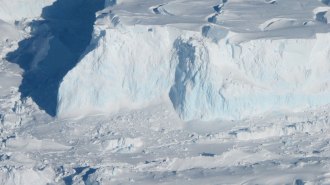 Climate
ClimateAntarctica’s Thwaites Glacier ice shelf could collapse within five years
The loss of Thwaites’ buttressing ice shelf could hasten the demise of the “Doomsday Glacier” and raise the risk of dramatic sea level rise.
-
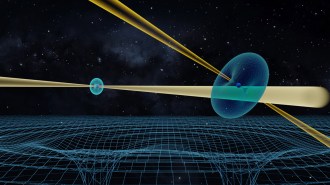 Astronomy
AstronomyThe only known pulsar duo sheds new light on general relativity and more
Einstein was right, among other insights gleaned from watching a one-of-a-kind system of two pulsating dead stars for 16 years.
-
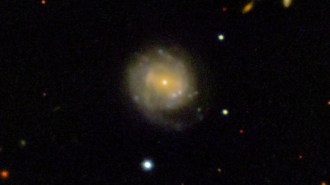 Astronomy
AstronomyThe cosmic ‘Cow’ may have produced a new neutron star or black hole
A bright, mysterious blast of extragalactic light appears to have spawned a small, compact object.
-
 Anthropology
Anthropology2021 research reinforced that mating across groups drove human evolution
Fossils and DNA point to mixing and mingling among Homo groups across vast areas.
By Bruce Bower -

The triumph and fallibility of science in a historic year
Editor in chief Nancy Shute discusses the last year in science, including lessons we've learned about COVID-19, human evolution and amazing animal feats.
By Nancy Shute -
 Planetary Science
Planetary ScienceIngenuity is still flying on Mars. Here’s what the helicopter is up to
NASA’s Ingenuity craft was originally planned to operate only 30 Martian days.
-
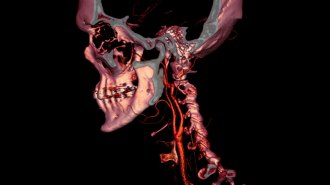 Health & Medicine
Health & MedicineFor 50 years, CT scans have saved lives, revealed beauty and more
In 1971, the first CT scan of a patient laid bare the human brain. That was just the beginning of a whole new way to view human anatomy.
-
 Life
LifeCleared tropical forests can regain ground surprisingly fast
Tropical forests can re-establish themselves on abandoned agricultural lands faster than expected, scientists say.
-
 Climate
ClimateWildfire smoke may ramp up toxic ozone production in cities
A new study reveals how wildfire smoke produces toxic ozone and how urban air pollution could exacerbate the problem.
-
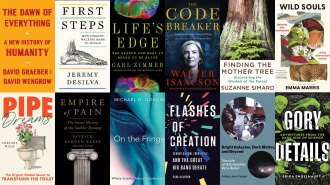 Science & Society
Science & SocietyThese are Science News’ favorite books of 2021
Our favorite books covered the Big Bang theory, human evolution, gene editing, how to define life, pseudoscience and more.
-
 Animals
AnimalsGut bacteria let vulture bees eat rotting flesh without getting sick
Acid-producing bacteria in the gut of vulture bees let these “weirdos of the bee world” safely snack on animal carcasses.
-
 Quantum Physics
Quantum PhysicsPhysicists have coaxed ultracold atoms into an elusive form of quantum matter
Quantum spin liquids could be used to help protect fragile information in quantum computers.